Prehistoric power: 250-million-year-old rocks could contain secrets to net zero future
BGS has completed a comprehensive scan of Mercia Mudstone rocks that could hold geological secrets of the UK’s past and provide a boost for net zero.
05/12/2024 By BGS Press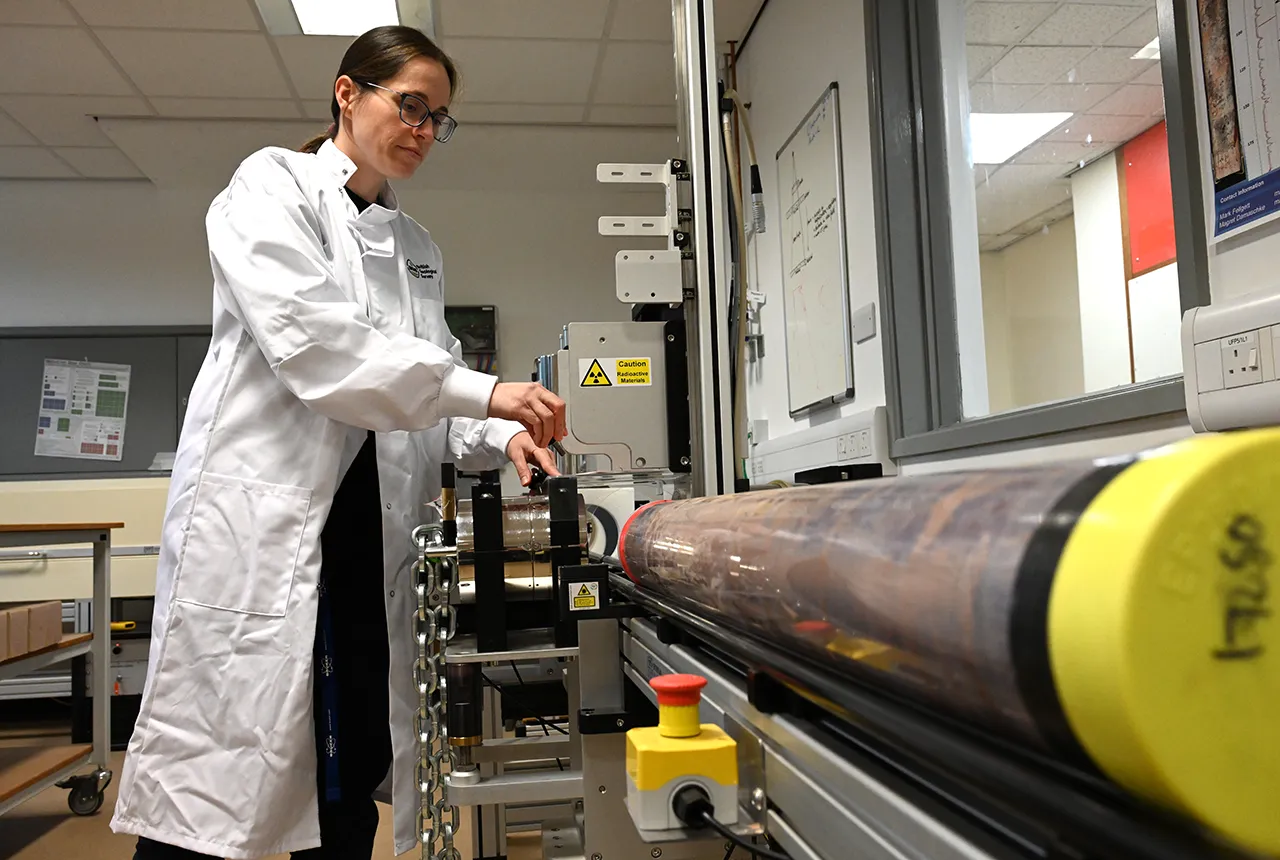
The rocks of the Mercia Mudstone Group were deposited between 200 and 250 million years ago in the Triassic Period, at the same time as the first dinosaurs walked on land. This rock underlies much of central and southern England as well as several offshore areas, and is the bedrock on which many urban areas and their infrastructure are built.
Core scanning and analysis of a 240 m-long and 100 mm-diameter rock core by the Core Scanning Facility (CSF) at BGS’s headquarters in Keyworth, Nottinghamshire, will further our geological understanding of the rocks beneath our feet. It will provide new data that feeds into more robust geological models, which will highlight the effectiveness and environmental sustainability of ground-source heat pump technology. This will help to accelerate the energy transition away from fossil fuels, scientists say .
The core was collected and scanned as part of ongoing installation work for a geothermal ground-source heat pump system at the Keyworth site.
Core scanning is a relatively rapid and non-destructive method to gather a large amount of data to maximise the value of core drilled and, together with conventional core characterisation practices, increases our understanding of rock properties and behaviour that will inform subsurface processes.
Magret Damaschke, CSF manager at BGS.
Geothermal energy naturally occurs under the ground and is available to us 24/7 across the UK, but this energy is not currently sufficiently utilised to meet our net zero 2050 targets.
As part of our ongoing geothermal heat pump project, a detailed characterisation of the Mercia Mudstone has been undertaken, using advanced technologies including core scanning and thermal conductivity analysis; this data will provide us with a better understanding of what lies beneath our feet and how much renewable heat could be sustainably extracted.
This information is especially valuable as the Mercia Mudstone can be found underlying much of the UK, so the data gathered will be relevant to a large number of planned geothermal installations and other geoenergy technologies, and could hold the secrets to accelerating the green energy transition.
David Boon, BGS Senior Geothermal Geologist.
Work began on BGS’s £1.8 million, Government-funded heat decarbonisation project in February 2024. Installation of the ground-source heat pump system, involving 28 boreholes and five heat pumps, continues on-site and is due to be completed in early 2025.
When finished, the project will provide up to 300 kW of clean heating power to two existing buildings and will constitute a ‘living laboratory’, with state-of-the-art fibre-optic sensors deployed in the heat extraction boreholes and buildings. The technology will provide data in real time to help increase the public’s understanding of ground-source heat pumps and how they can be an effective solution for heating both new and existing buildings in the UK.
The results of the core analysis will be released via the Natural Environmental Research Council (NERC)Environmental Data Service’s National Geoscience Data Centre. More information is available via the BGS website.

X-ray image of Keyworth D core showing internal structures of the mudrock core. Low-density material such as air is shown as white on the radiographs and higher-density material is shown in various degrees of grey. BGS © UKRI.
The project is majority funded by NERC with a further contribution from the Government’s Public Sector Decarbonisation Scheme (PSDS). PSDS is run by the Department for Energy Security & Net Zero and is delivered by Salix Finance. The heat pump project is being delivered with partners Cenergist, Welltherm Drilling Ltd and Pick Everard.
Further information
For more information, please contact BGS press (bgspress@bgs.ac.uk) or call 07790 607 010.
Relative topics
Related news
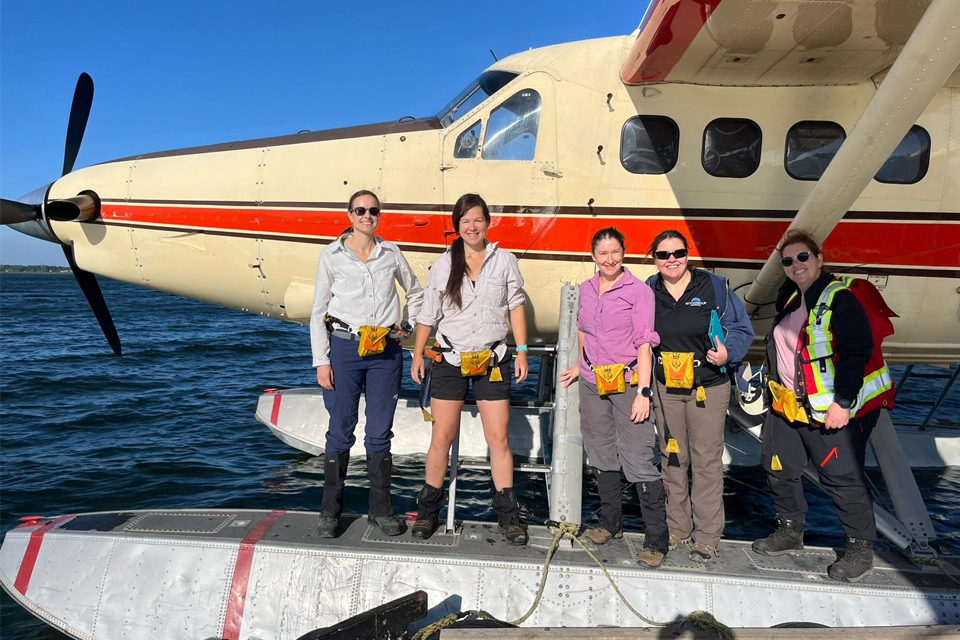
Funding awarded to UK/Canadian critical mineral research projects
08/07/2025
BGS is part of a groundbreaking science partnership aiming to improve critical minerals mining and supply chains.

Goldilocks zones: ‘geological super regions’ set to drive annual £40 billion investment in jobs and economic growth
10/06/2025
Eight UK regions identified as ‘just right’ in terms of geological conditions to drive the country’s net zero energy ambitions.
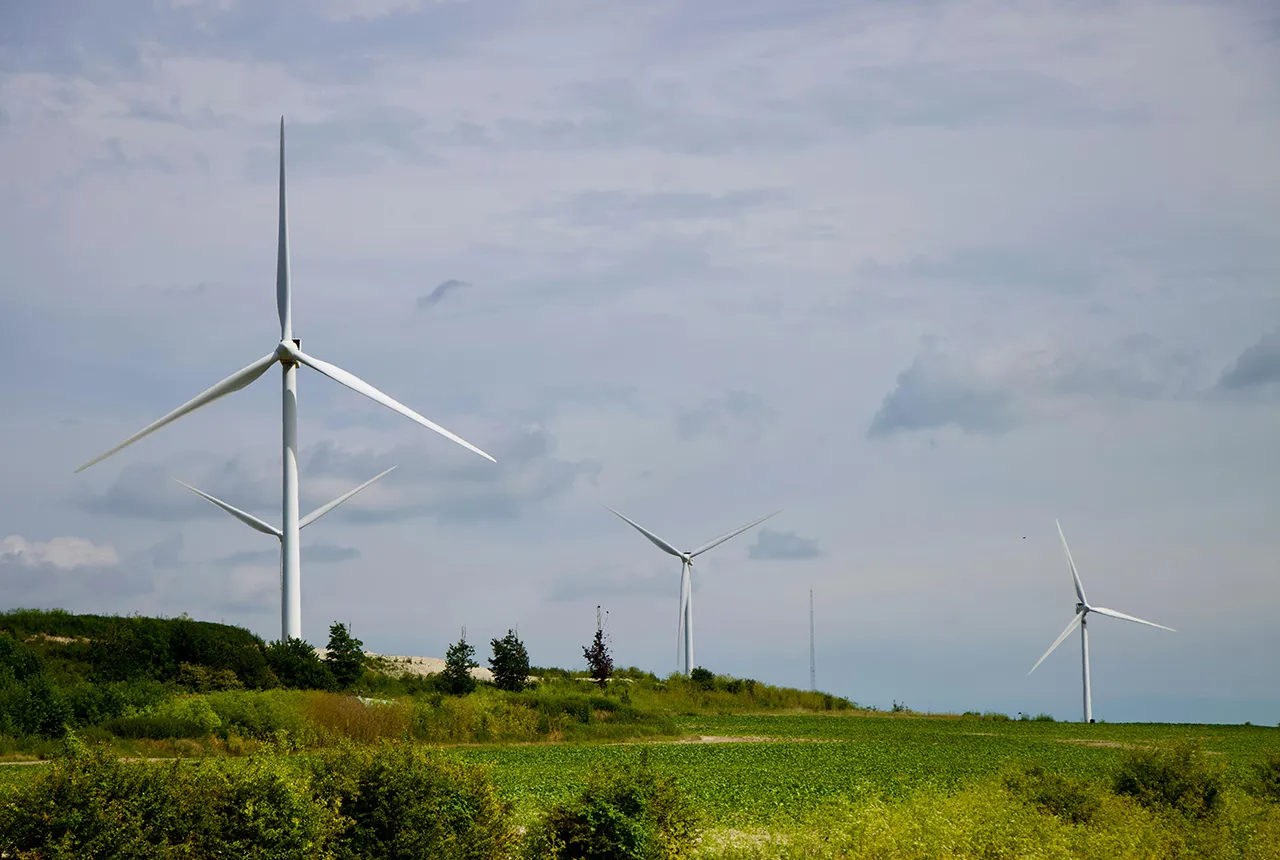
New interactive map viewer reveals growing capacity and rare earth element content of UK wind farms
16/05/2025
BGS’s new tool highlights the development of wind energy installations over time, along with their magnet and rare earth content.
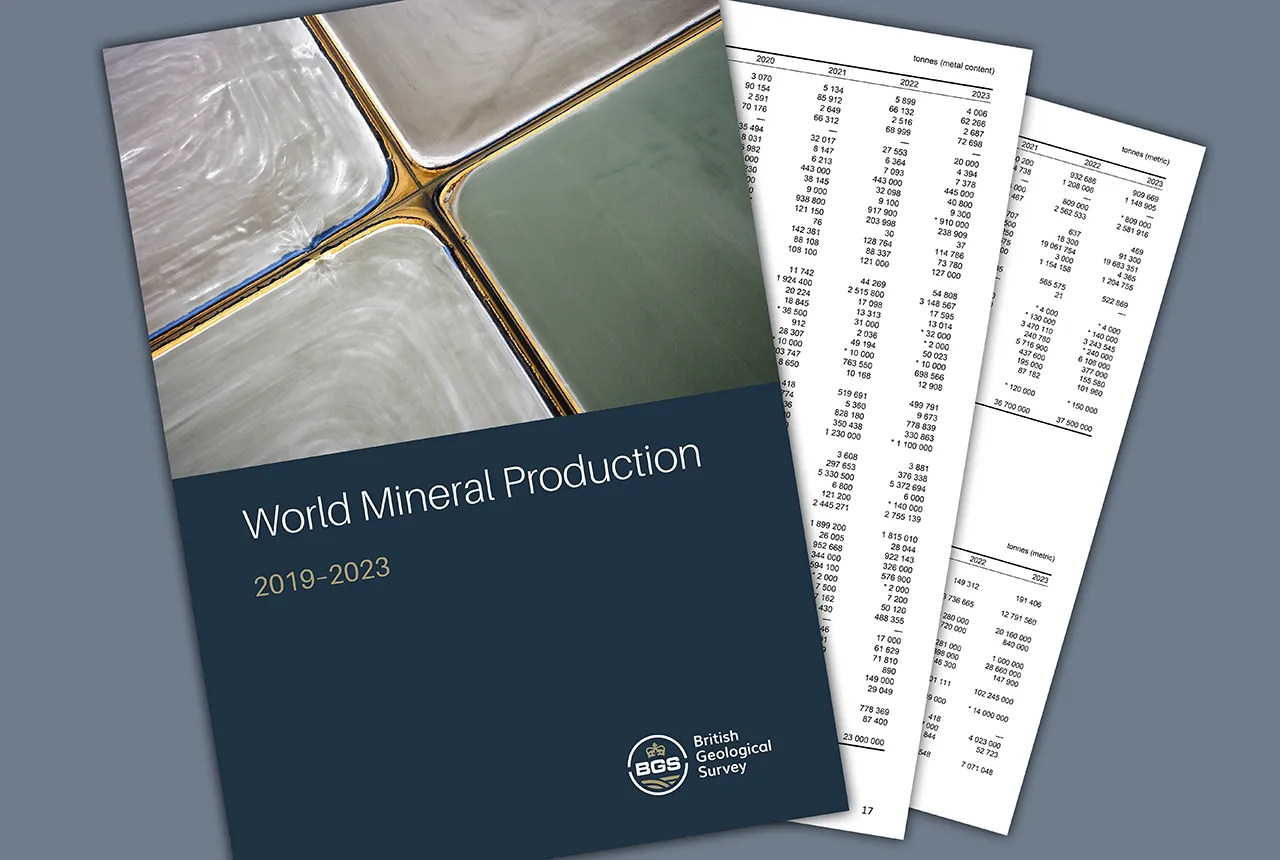
Latest mineral production statistics for 2019 to 2023 released
28/04/2025
More than 70 mineral commodities have been captured in the newly published volume of World Mineral Production.
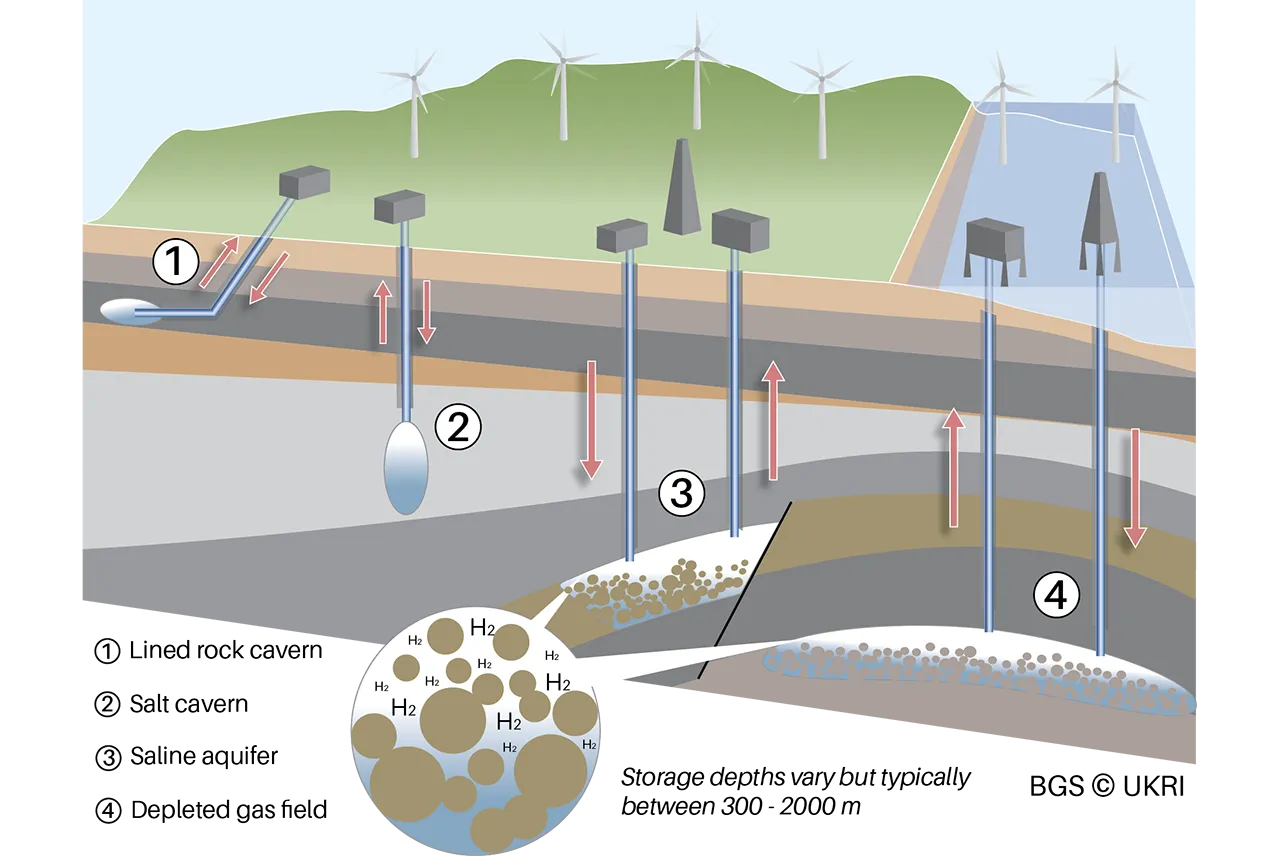
Making the case for underground hydrogen storage in the UK
03/04/2025
A new BGS science briefing note focuses on the potential of hydrogen storage to support the UK energy transition.
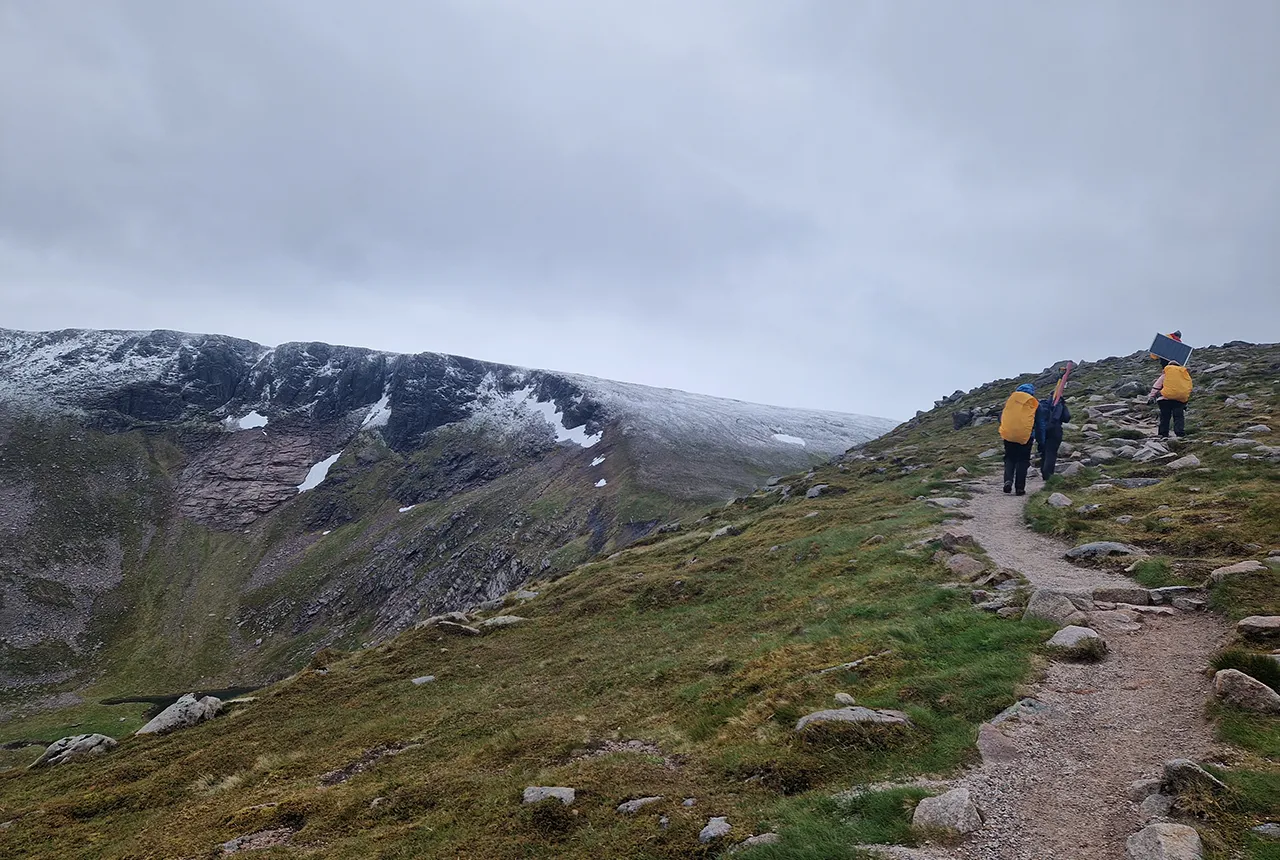
Exploring Scotland’s hidden energy potential with geology and geophysics: fieldwork in the Cairngorms
31/03/2025
BUFI student Innes Campbell discusses his research on Scotland’s radiothermal granites and how a fieldtrip with BGS helped further explore the subject.
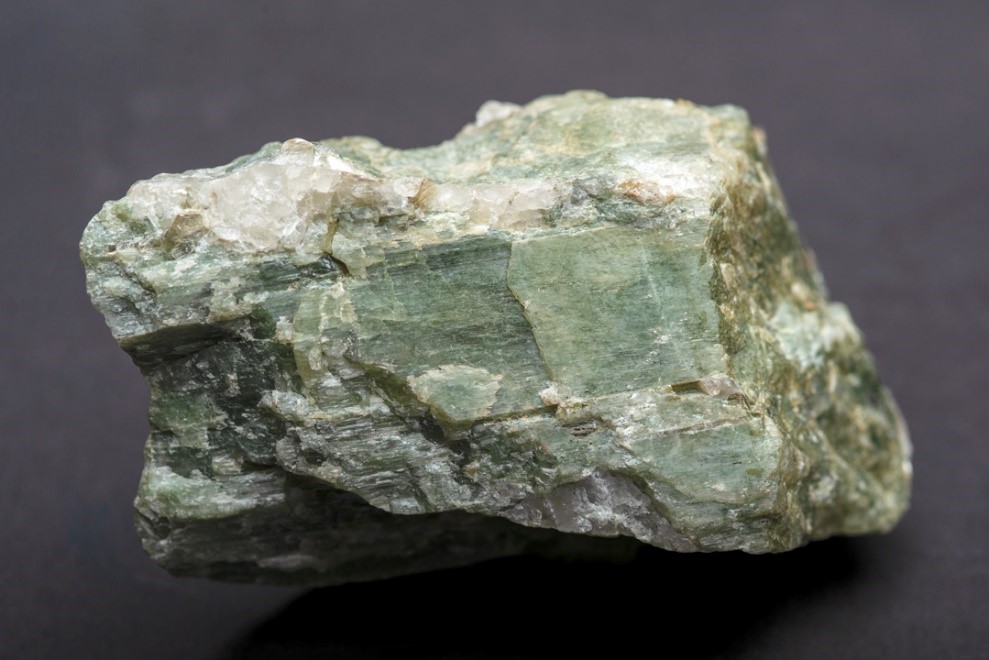
Future projections for mineral demand highlight vulnerabilities in UK supply chain
13/03/2025
New Government-commissioned studies reveal that the UK may require as much as 40 per cent of the global lithium supply to meet anticipated demand by 2030.
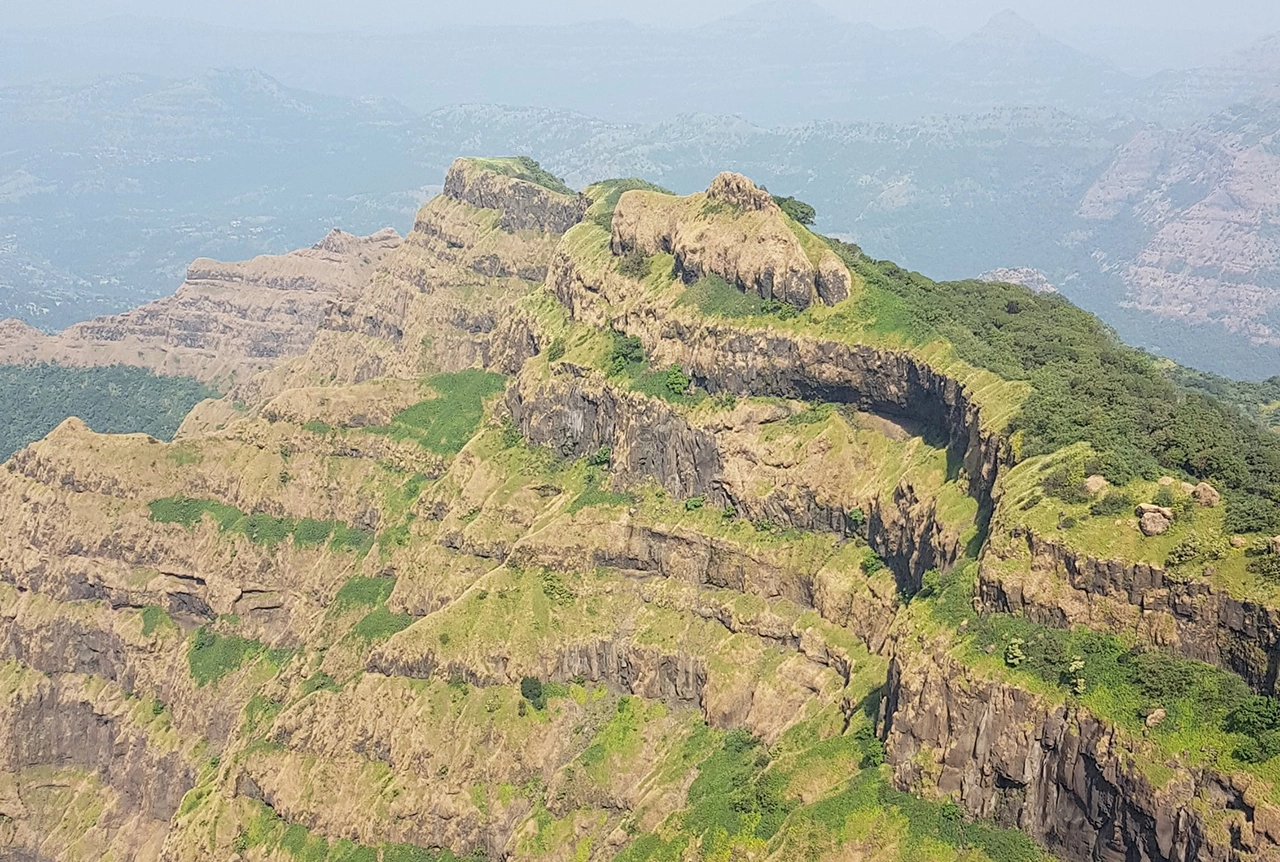
Could underground disposal of carbon dioxide help to reduce India’s emissions?
28/01/2025
BGS geologists have partnered with research institutes in India to explore the potential for carbon capture and storage, with an emphasis on storage.

Prehistoric power: 250-million-year-old rocks could contain secrets to net zero future
05/12/2024
BGS has completed a comprehensive scan of Mercia Mudstone rocks that could hold geological secrets of the UK’s past and provide a boost for net zero.
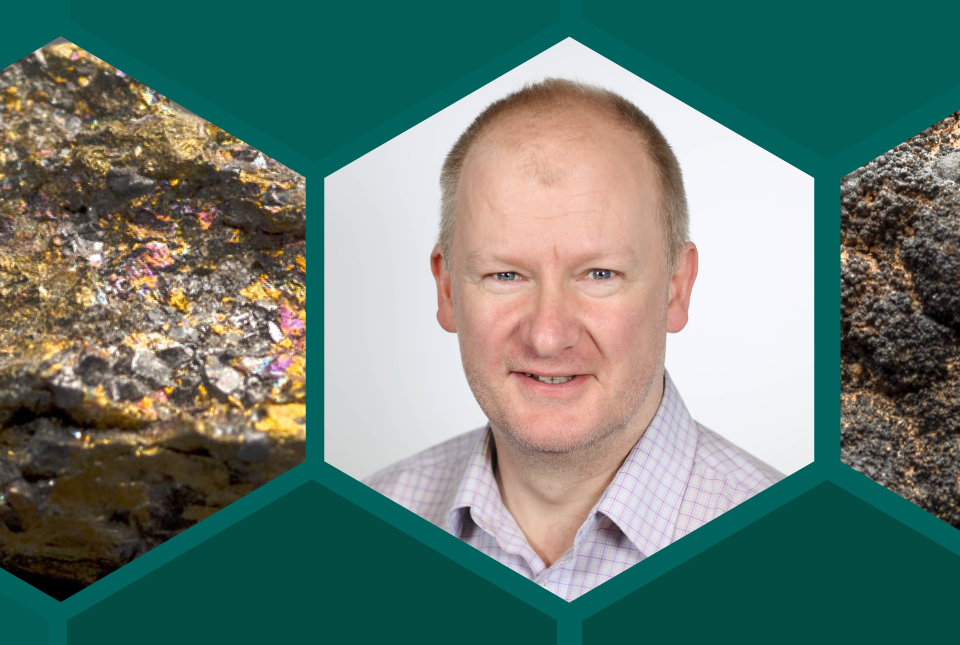
The challenge of assessing the UK economy’s dependence on mineral supply
28/11/2024
Critical, essential, or just plain important? Dr Gavin Mudd, director of the Critical Minerals Intelligence Centre, discusses the findings and new methodology featured in the 2024 UK Criticality Assessment.
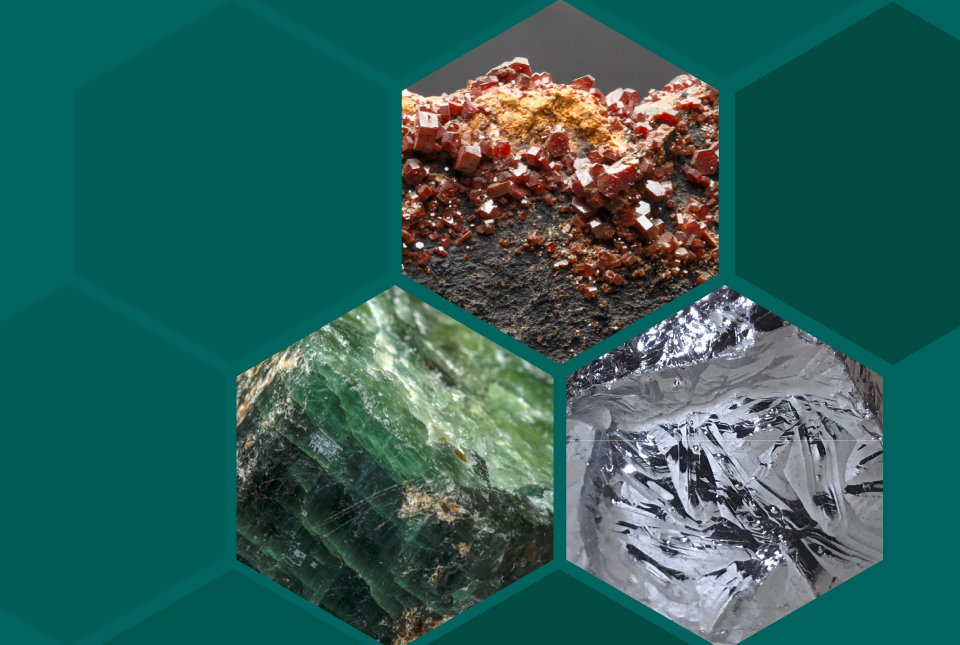
UK 2024 Criticality Assessment published
28/11/2024
The latest UK Criticality Assessment, produced by the UK Critical Minerals Intelligence Centre, shows that growing diversification brings an increasing vulnerability in terms of disruption to supply.

Criticality Assessment 2024 launch webinar
Event on 28/11/2024
A special live webinar with the team from the Critical Minerals Intelligence Centre to accompany the launch the latest UK Criticality Assessment. A recording is now available to watch online




